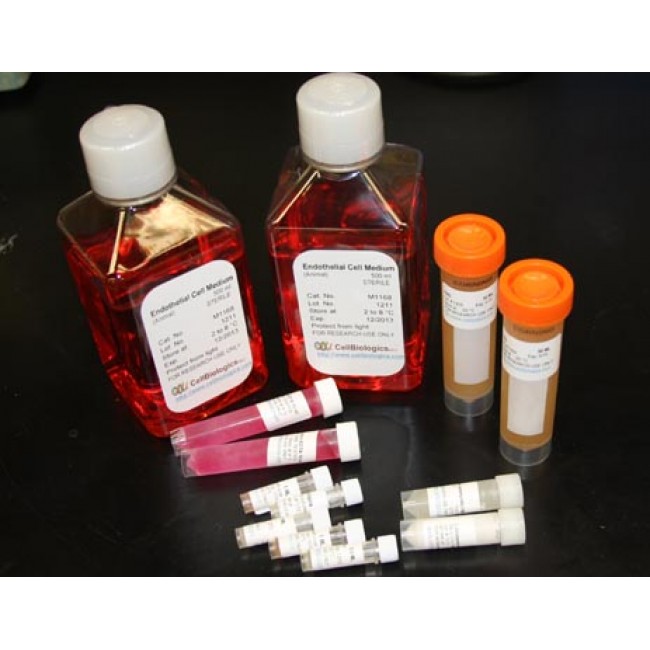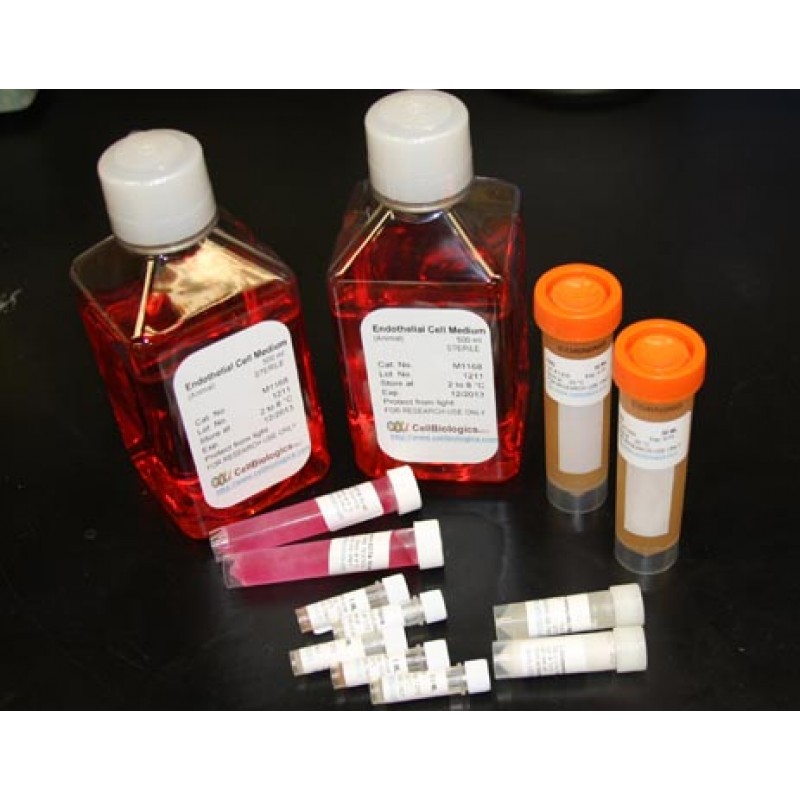Monocytes are the main source of secreted IL-1. They express predominantly IL-1-beta while human keratinocytes express large amounts of IL-1-alpha. Murine macrophages display a transition from IL-1-beta to IL-1-alpha production during maturation of monocytes into inflammatory macrophages. There are two functionally almost equivalent forms of IL-1, IL-1-alpha and IL-1-beta, that are encoded by two different genes. IL1-beta is the predominant form in humans while it is IL-1-alpha in mice. Both forms of IL-1 bind to the same receptor and therefore also show similar if not identical biological activities. The IL-1-beta, but not the IL-1-alpha, precursor must be processed before it can bind to the receptor. Both forms of IL-1 bind to the same receptor and therefore also show similar if not identical biological activities. The receptor isolated from T cells is expressed predominantly on T cells and cells of mesenchymal origin. It binds both types of IL-1 with equal affinity. This type is called also Type 1 receptor. It has been designated CD121a. The Type 2 receptor has been designated CD121b. It is isolated from B-cells, granulocytes, and macrophages. It is expressed predominantly on B-cells and cells of the myelomonocytic lineage and is encoded by a separate gene.


